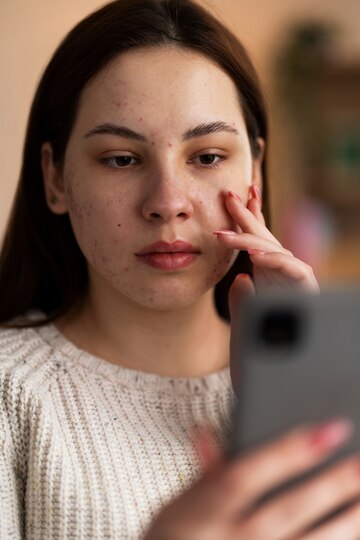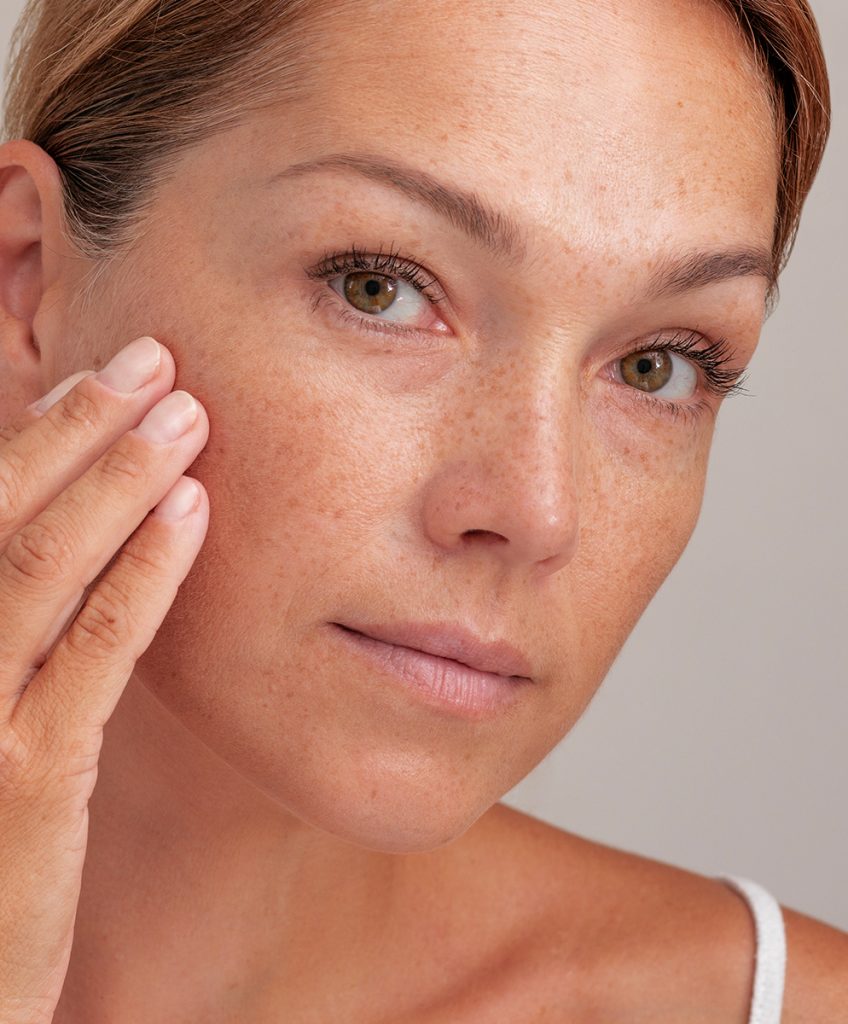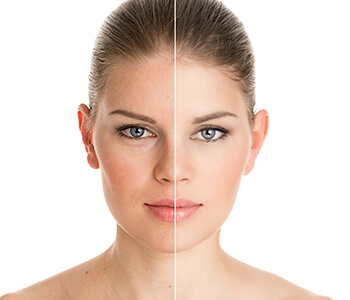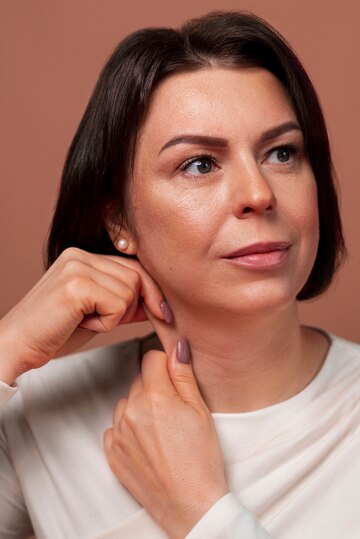PhytoClear™


PhytoCalm™
Some common causes:
Hormones
Increased androgen levels can cause the oil glands to enlarge and produce more sebum.
Bacteria
Propionibacterium acnes (P. acnes) bacteria can proliferate in clogged hair follicles.
Genetics
A family history of acne can increase the likelihood of developing it.
Diet
Certain foods, such as dairy and high glycemic index foods, can trigger or worsen acne.
Stress
Stress can increase hormone levels, exacerbating acne.
PhytoFade™


PhytoRenewal™
Some common causes:
Sun Exposure
UV radiation increases melanin production, causing dark spots and uneven skin tone.
Hormonal Changes
Hormonal fluctuations during pregnancy, birth control use, or hormonal therapy can cause melasma.
Skin Injuries
Inflammation from acne, cuts, or other injuries can lead to post-inflammatory hyperpigmentation.
Genetics
Some individuals are more prone to pigmentation issues due to their genetic makeup.
Certain Medications
Some drugs can cause changes in pigmentation.
PhytoBlush™ Lips


PhytoFlow™ Gua Sha
Some common causes:
Intrinsic Aging
Natural aging process influenced by genetics and the passage of time.
Extrinsic Aging
External factors like sun exposure, smoking, and pollution accelerate skin aging.
Reduced Collagen and Elastin Production
Aging reduces the production of these essential proteins, leading to sagging and wrinkles.
Decreased Hydration
Aging skin loses its ability to retain moisture, becoming drier and less plump.
Repetitive Facial Movements
Over time, repetitive expressions can cause permanent lines and wrinkles.
PhytoSculpt™ Lift


Laxity
Some common causes:
Aging
Natural aging causes the breakdown of collagen and elastin.
Weight Fluctuations
Significant weight loss or gain can stretch the skin, leading to laxity.
Sun Exposure
UV exposure breaks down collagen and elastin fibers.
Genetics
Some people are genetically predisposed to skin laxity.
Lifestyle Factors
Smoking and poor diet can contribute to skin laxity.

